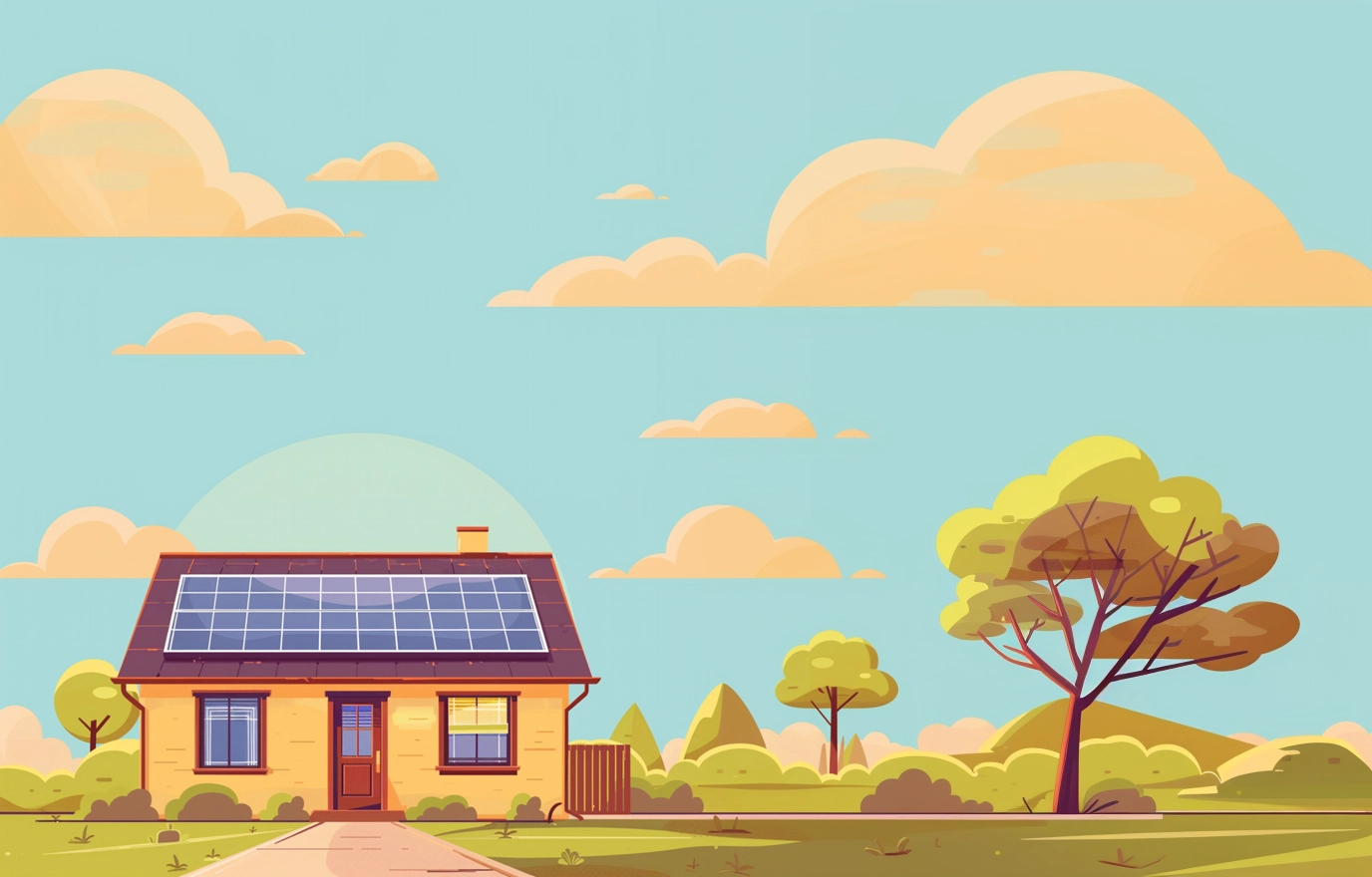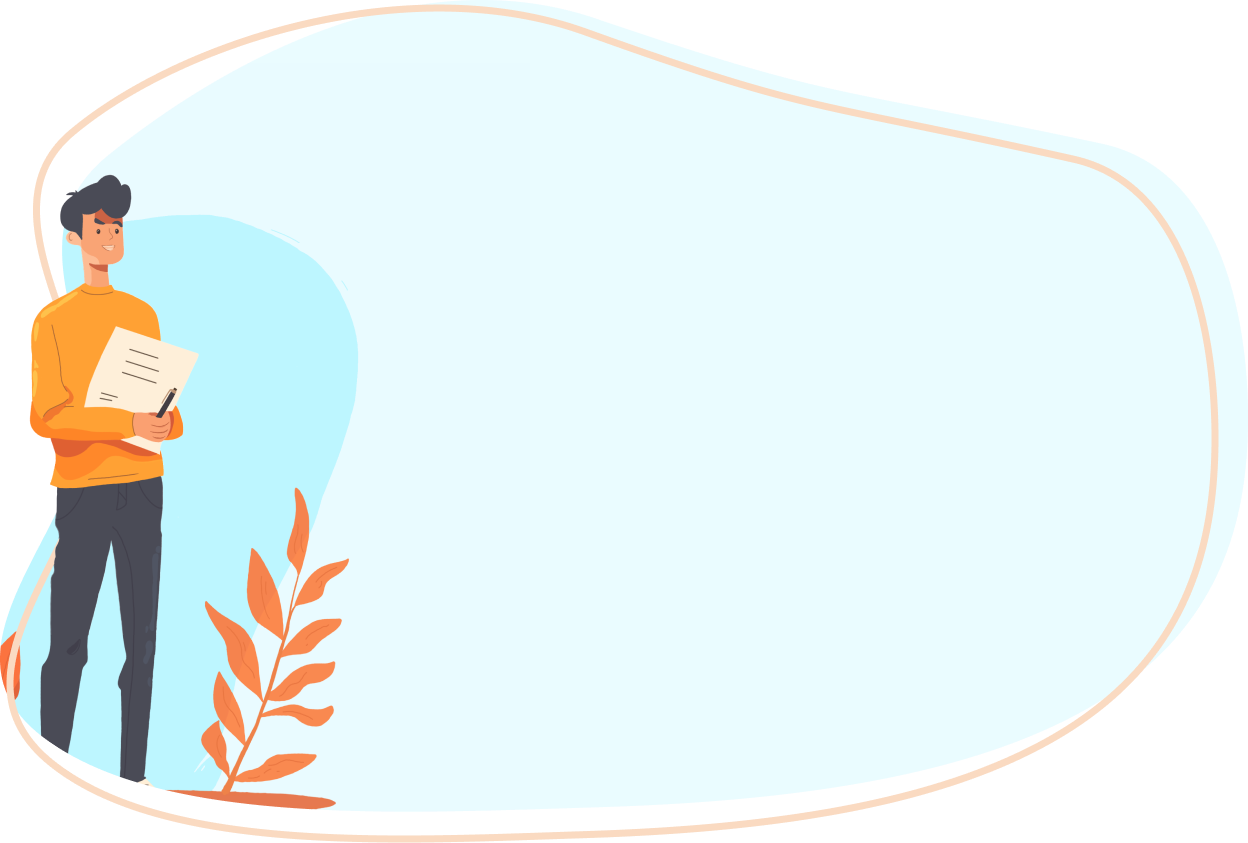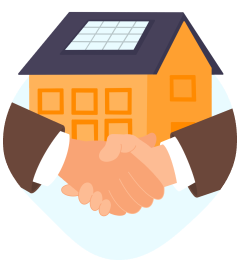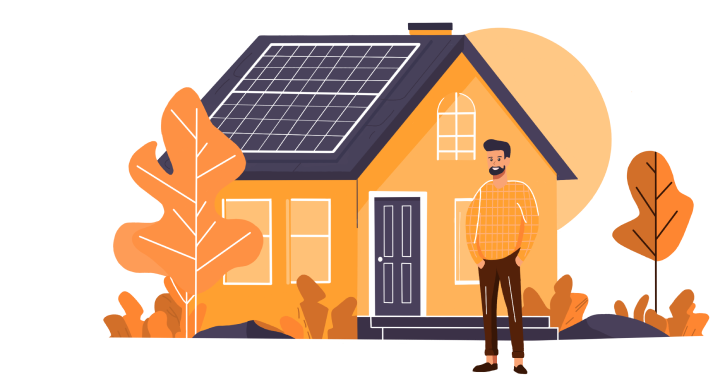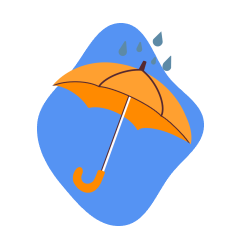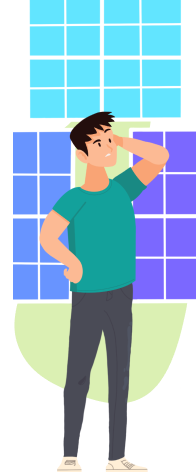When you're planning on making the smart switch to cleaner energy, the first thing you need to figure out is the solar panel installation average cost that you'll have to pay. Installing solar panels in your home is a huge commitment, so having a clear idea of the price is crucial. Here's how to find out what households with your energy needs and circumstances typically pay for these services:
Step #1: Calculate energy usage
The first thing you need to do in order to figure out the solar panel installation average cost you have to prepare for is assess your energy usage. This is because the higher your household's energy needs, the larger the solar system required to offset your usage, which increases the overall home solar panel installation cost.
Don't just reference your latest utility bill. Review your bills from the past year to account for peak seasons. The solar energy installation professionals you hire will consider this information when recommending the solar system installation size you need.
Step #2: Assess the home's solar potential
Solar potential refers to the amount of solar energy that can be harnessed and converted into electricity. The more sunlight your system receives, the more energy your solar panels can produce. For instance, if your rooftop solar panel system is oriented away from the sun or shaded by trees, buildings, or other obstructions, it will generate less power.
How does this affect the solar panel installation average cost you'll have to pay? If your system can't generate enough electricity to meet your needs, you may need to install more panels to compensate for it.
Off-grid vs. grid-tied
Keep in mind that whether you have a grid-tied solar panel system or an off-grid solar panel system plays a role in this too.
If you're connected to the grid, you can depend on it for backup when your system can't generate enough power. While this means you don't have to get a bigger system and raise the cost of solar installation even if you have low solar potential, you also won't be able to completely offset your electricity bills.
Meanwhile, for off-grid types, you'll have to get a larger system if you need to compensate for low solar potential since it will be your sole source of power. On the bright side, though, you'll no longer need to pay electricity bills if you're producing all your power.
Step #3: Get tailored rates
Knowing the general solar panel installation average cost is helpful, but what's more important is figuring the average cost you'll have to pay given your specific circumstances. Now that you have a clear picture of your electricity consumption and your home's solar potential, you can use this information to get quotes from solar panel installers that are tailored to your household.
Overwhelmed by the idea of sifting through numerous options and reaching out to each one for rates?
With Solar Energy Host, you don't have to worry about that!
All you have to do is enter some information on our site, like your address, how much sunlight your home gets, and your average electricity bill, and we'll generate a list of competitive rates from top local solar installation companies for you.
This streamlined process not only gives you an idea of the solar panel installation average cost you need to budget for but also ensures you won't miss the best possible rates available to you
Frequently Asked Questions (FAQ)
What is the average cost per watt for solar panel installation?
There are many factors that go into how much installation will cost such as the size, your location, and the installers that you hire. However, the average solar panel installation price per watt in the USA is USD$3.30.
Can homeowners install solar panels themselves to reduce costs?
While this is possible, chances are that installing solar panels yourself instead of hiring professional solar panel installation services will cost you more. Here's how:
- On-hand tools and equipment. Sourcing and buying all the necessary equipment, tools, and materials needed for solar installation yourself can take a lot of time, money, and energy. Plus, unlike established installation companies, the everyday homeowner doesn't have connections with trusted suppliers in the area.
- Accidents. Professional installers have gone through training and are equipped with the protective gear needed to avoid accidents. Without the same resources and expertise, you're not just putting yourself in harm; you may also have to face larger costs due to medical bills and repairs.
- Long-term performance. Unlike DIYers, professionals have the experience and knowledge to properly carry out each part of the process, from site assessment and selection of high-quality components to installation. Without professional expertise, your system may not even last long enough for the installation and maintenance costs to be offset by savings.
Does the size and shape of a property affect solar panel installation costs?
Yes, these factors influence the solar panel installation average cost you'll have to pay. Here's how:
Size
We've already covered how higher energy consumption usually means a higher solar installation cost because you'll need a bigger system. So, how does this relate to the size of your property? While having a larger house doesn't automatically require a more sizable system, that is often the case. This is because bigger homes consume more energy than smaller ones.
Shape
The shape of the roof often determines the cost of installation. If you have a typical, slanted roof, you'll usually pay close to thesolar panel installation average cost. However, you might have to pay more if your roof is more irregular since the installers might need special equipment and panels, and it requires a more complex installation.
Save on your switch to solar now
Choosing solar energy doesn't just help save the planet—it helps you save on your electricity bills too! That's why Solar Energy Host is here to make the switch easier and cheaper for you by making sure you don't miss out on the best deals in your area.
Find out the average cost to install solar panels for your home today!




